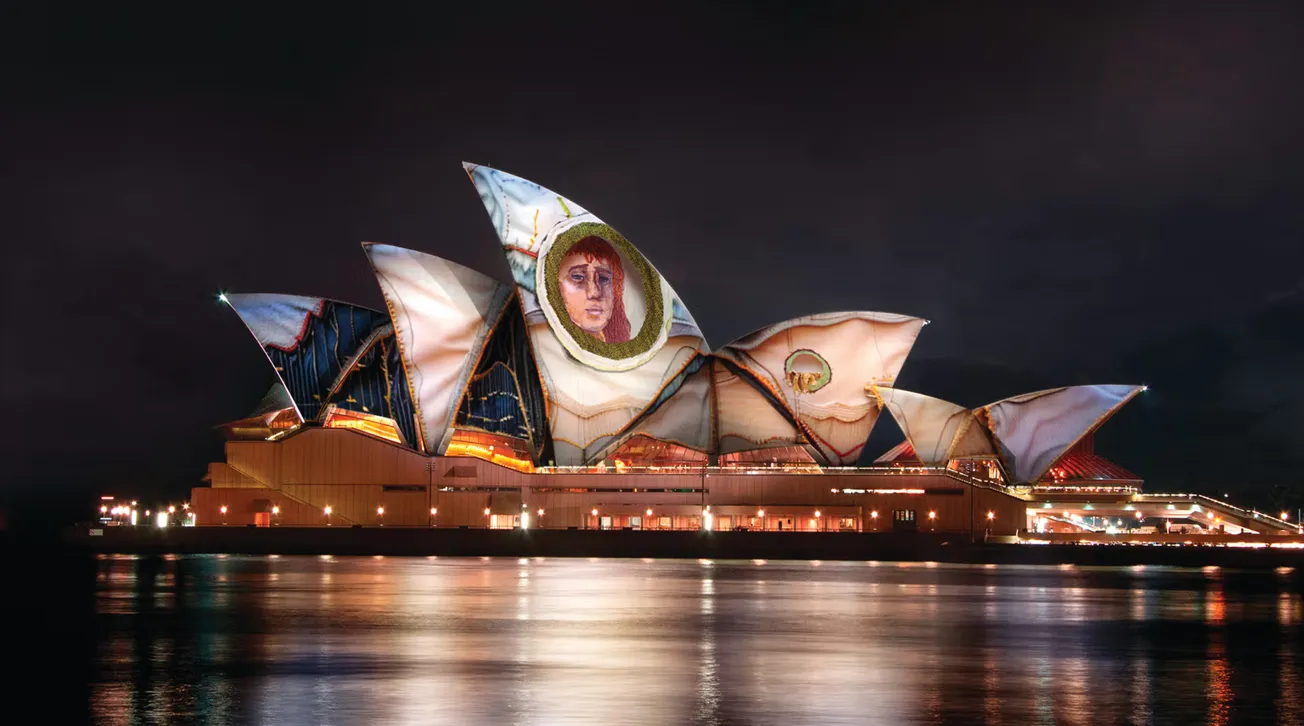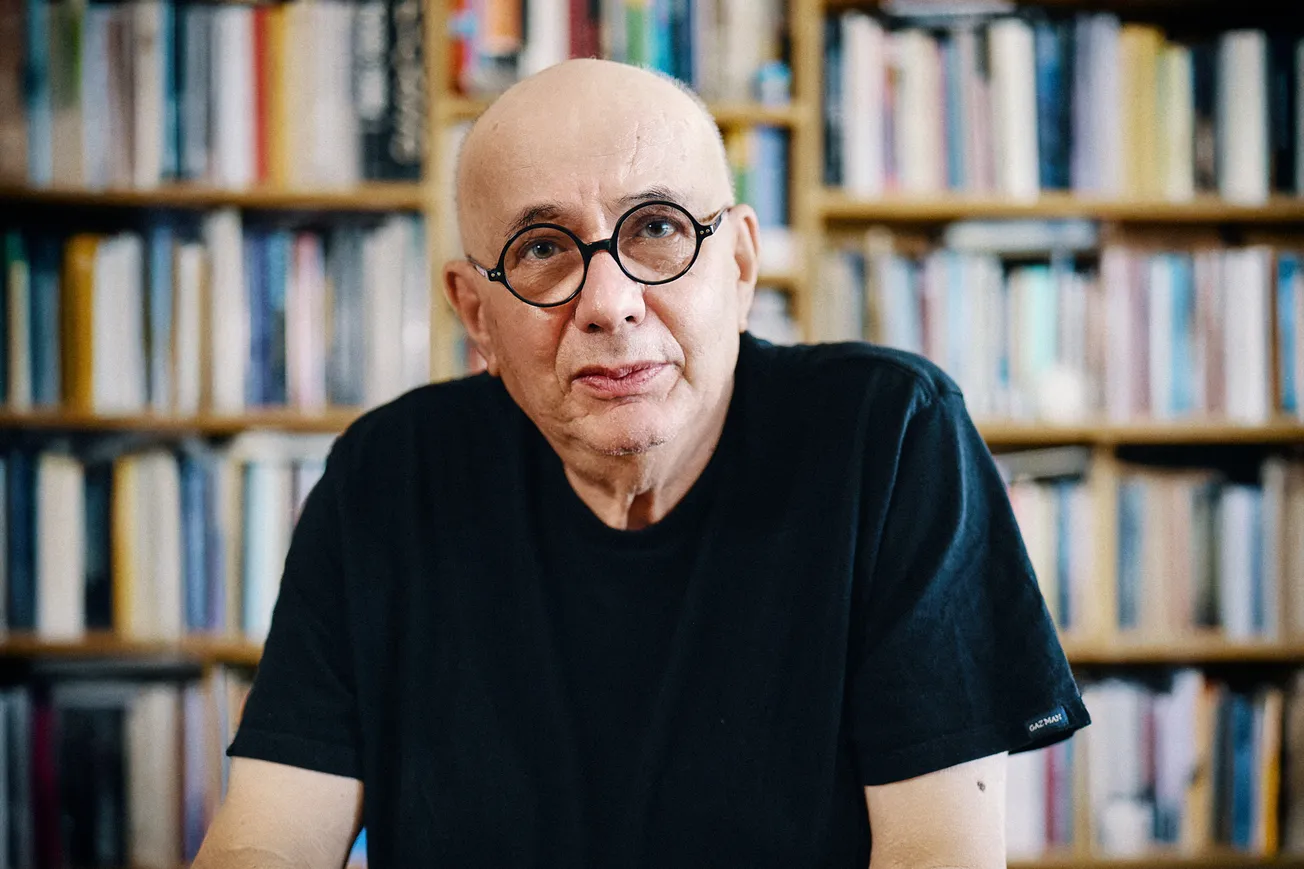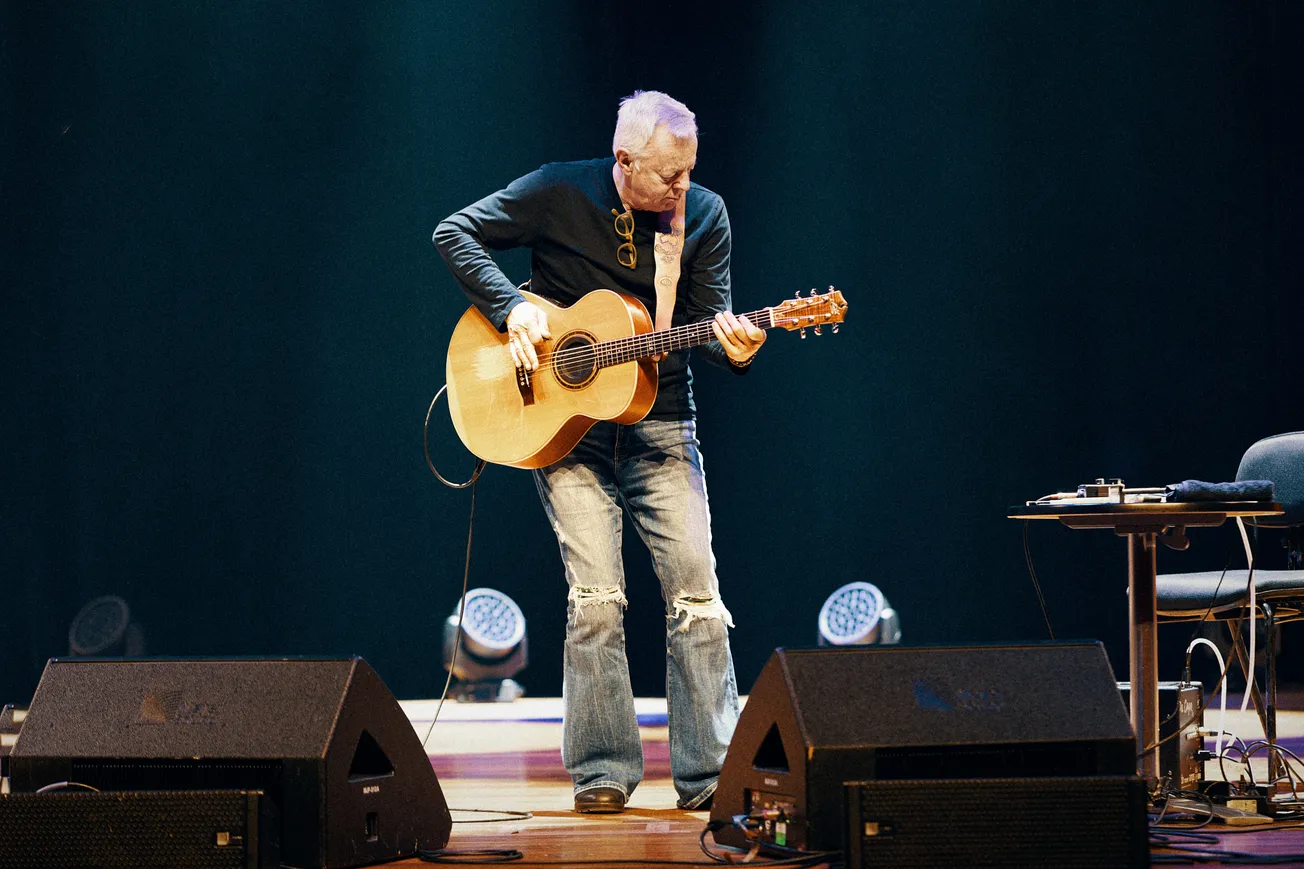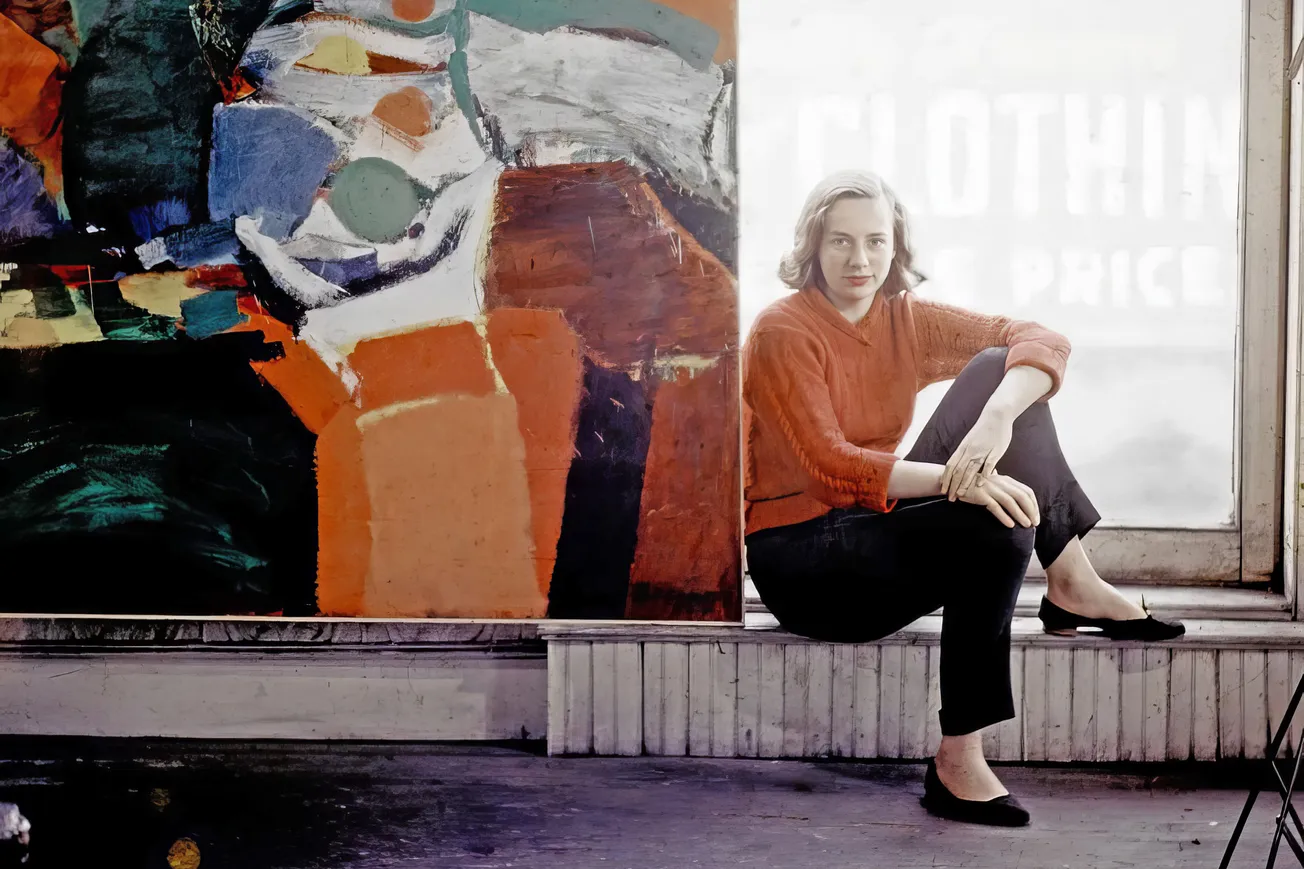Table of Contents
Large-Scale Public Art as a Shared Experience
Public art is changing how people interact with creativity. Artists are bringing their work into streets, parks, and city landmarks. Large-scale public art transforms everyday spaces into immersive experiences. It turns urban areas into open-air galleries, making creativity a daily life.
Instead of standing in a museum, people engage with large-scale public art in their routines. For example, in Adelaide, the Glenside water tower is to become an enormous gum tree illusion. This piece blends environmental themes with large-scale design, connecting people to the art in unexpected ways.
Beyond its visual appeal, public art often carries a deeper meaning. Many works address cultural identity, social change, or environmental issues. As a result, large-scale installations are not just decorations. They create conversations and invite people to think differently about their surroundings.
Large-Scale Public Art is Growing Globally
Cities worldwide are embracing this new contemporary way of art, recognising its cultural and economic benefits. These projects attract visitors, inspire communities, and make spaces more vibrant. In Chicago, Anish Kapoor's Cloud Gate reflects the city's skyline, encouraging interaction. Similarly, JR's large murals transform buildings into powerful illusions in Paris.
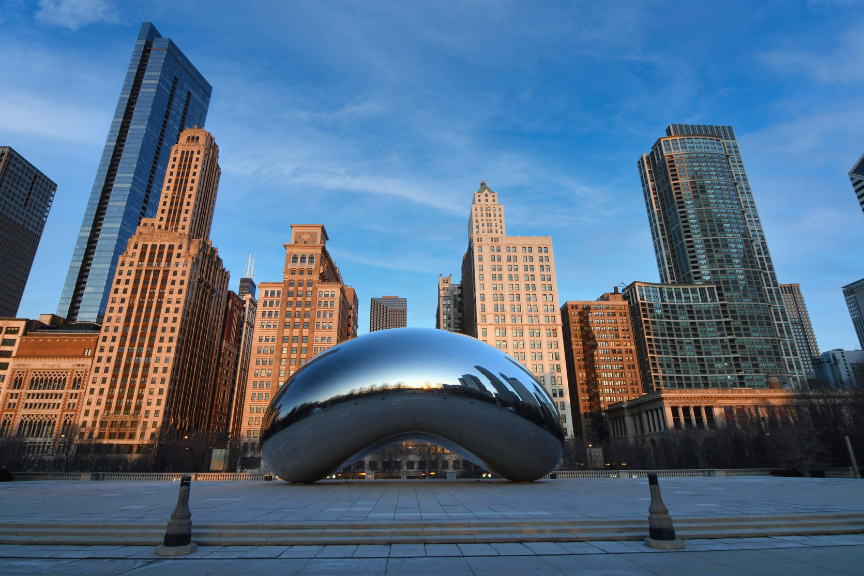
Public art festivals are also gaining traction. Melbourne's Rising Festival, Sydney's VIVID, and Brisbane's BIGSOUND Art highlight murals, sculptures, and digital installations. Moreover, these events show how artists use public spaces to tell meaningful stories.
Public Art Makes Creativity Accessible
Not everyone visits galleries or museums, so large-scale public art ensures creativity reaches a broader audience. Unlike traditional exhibitions, these works require no ticket or special knowledge to appreciate. In other words, public art removes barriers and allows people to experience creativity spontaneously.
Governments and organisations are also supporting these projects. Many commissions now focus on reflecting community identity and culture. The Silo Art Trail in regional Australia is a perfect example. Here, artists have transformed towering grain silos into large-scale murals. As a result, these towns attract more visitors, strengthening local economies.
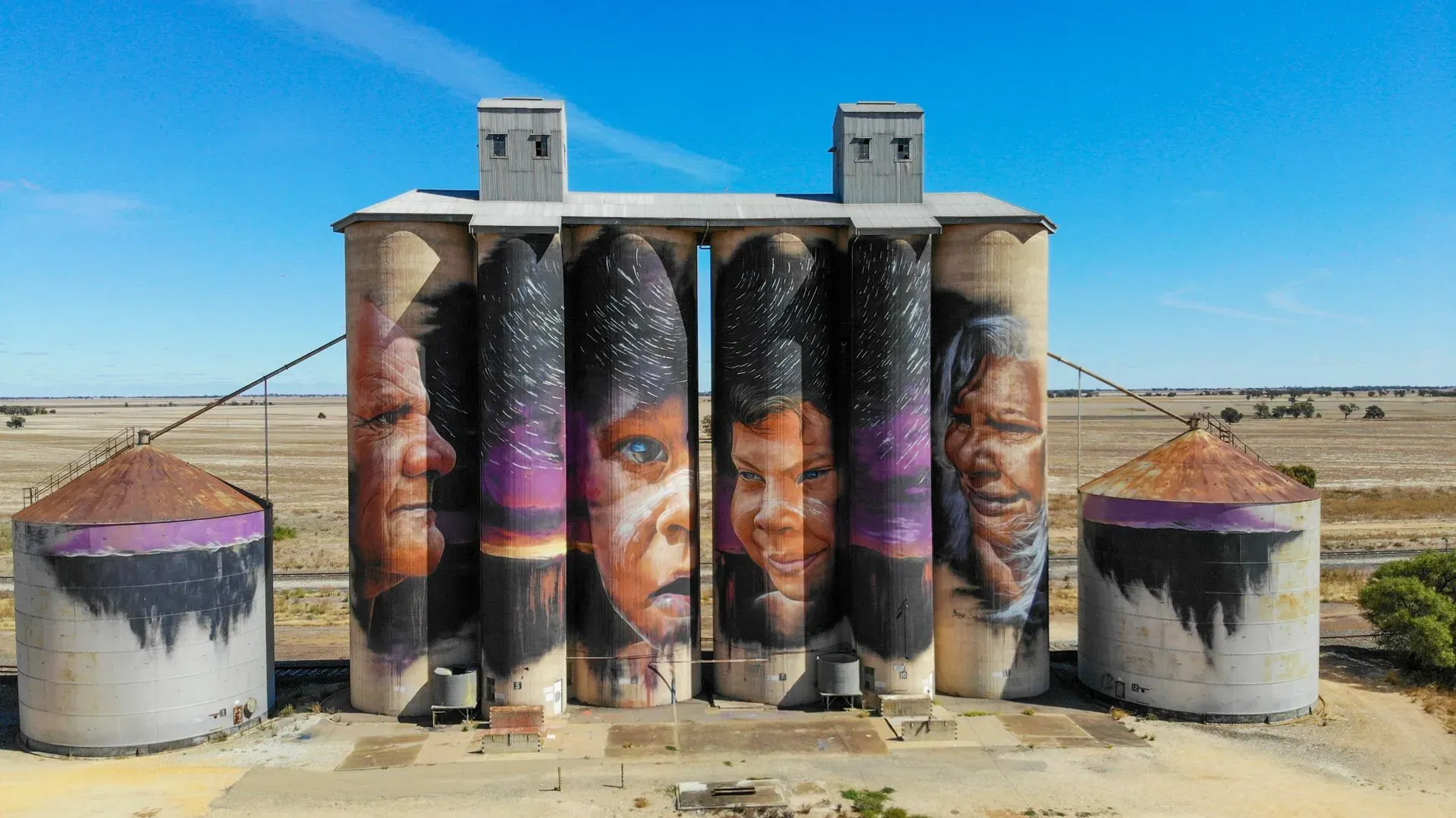
At the same time, interactive elements are becoming more common. Some installations invite people to touch, move through, or contribute to the artwork, blurring the line between artist and audience.
Technology is Shaping the Future of Public Art
Technology is changing how artists approach public installations. Augmented reality (AR) and projection mapping allow artists to create dynamic, evolving works. For instance, digital murals can shift with movement, and light installations can respond to sound. Consequently, public art is no longer static; it is interactive and ever-changing.
Sustainability is also a growing focus. Many artists used recycled materials or energy-efficient lighting. This shift reduces environmental impact and reinforces the themes explored in their work. Integrating sustainable large-scale public art will become even more critical as cities expand.
The Future of Large-Scale Public Art
Public art is no longer an afterthought. Instead, cities now see it as essential to cultural identity. More artists are finding ways to engage communities through meaningful and interactive work. At the same time, funding for these projects continues to increase, ensuring more opportunities for large-scale installations.
Ultimately, large-scale public art transforms how we experience creativity. It brings people together, challenges perspectives, and makes cities feel more alive. What do you think about this growing movement?

